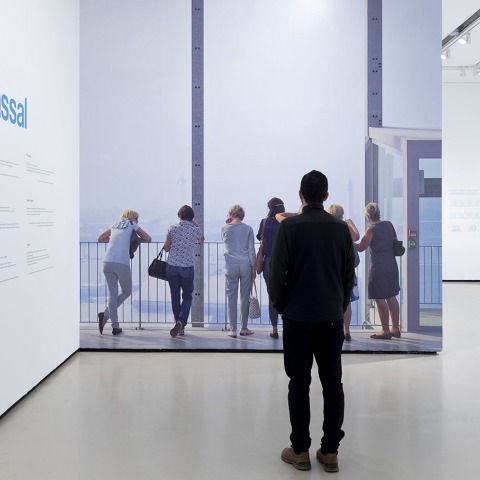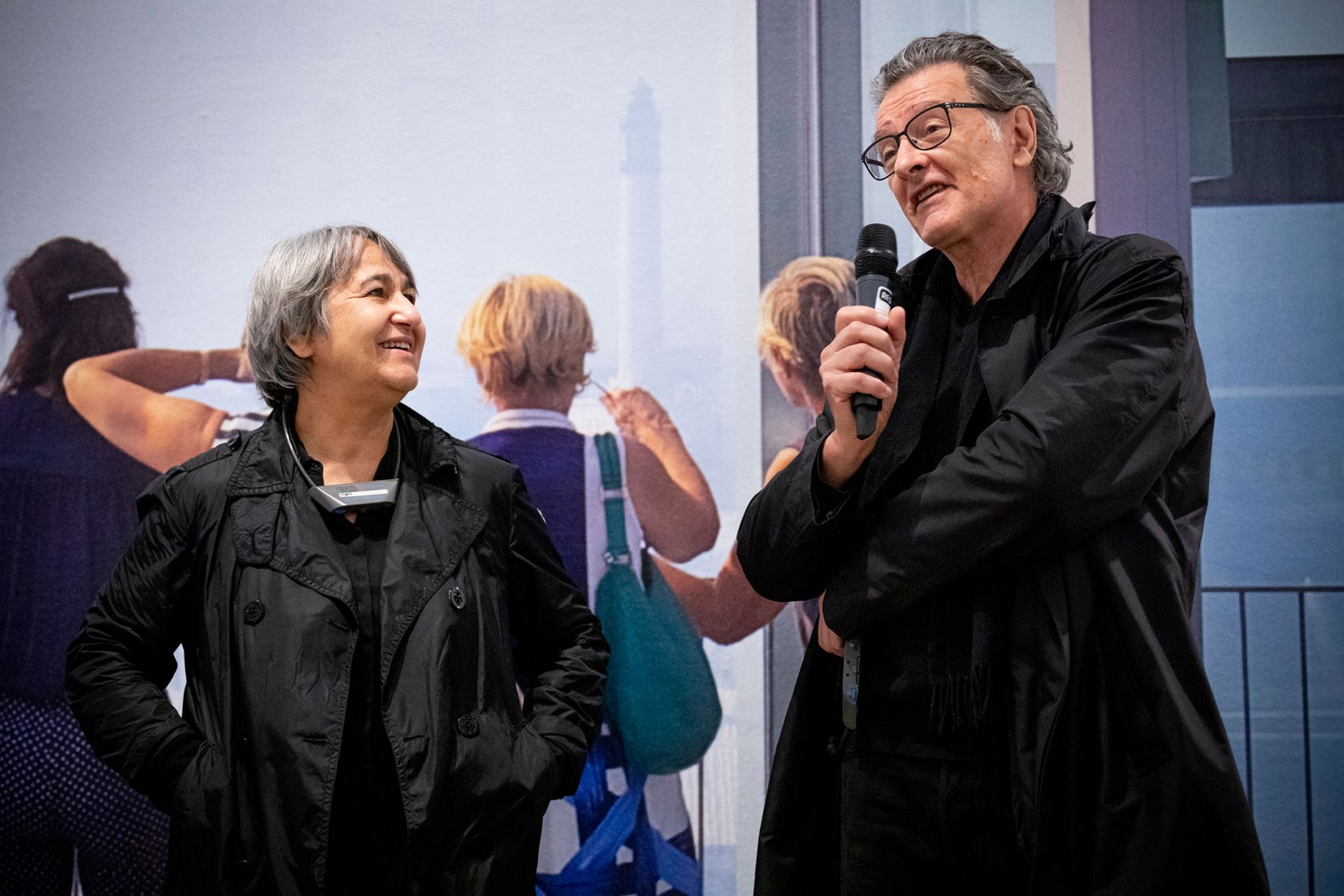This is the maxim that synthesizes Anne and Jean-Philippe's architectural practice. Likewise, this is the leitmotif that underpins the exhibition design around three concepts: "Free space", "Transformation", "Habiter".
The work of Lacaton & Vassal, which arises from attentive listening to the place - its communities, the climate, the intended and existing uses - is universal. Their way of working stands out more at this time for their response to the great current challenges and emphasizes the importance of architecture at the service of improving people's lives and sustainability. Their career, full of recognitions and awards, is an obvious and necessary sign of recognition of the great relevance of his philosophy and career.
Free space
The ideal space is always thought of in maximum terms: generosity of space, efficiency, comfort, and enjoyment.
A fundamental principle that we no longer question and that is the basis of all our projects."
The work selected in this section exemplifies the desire to offer horizon by eliminating that which constitutes a barrier to the experience of freedom. Thus, Lacaton and Vassal give continuity to the interior spaces and communicate them with the exterior by dispensing with or tearing down walls.
Transformation
In any case, we want to deal with what is already there, take its values, and integrate them into the project.
The rule: afterward must always be better than before."
The buildings chosen to illustrate this work philosophy are intended for the public to review the innumerable possibilities of architecture and urban planning that recreates and seeks new values in the existing. It is a proposal that also stresses the importance of giving architectural reuse its due weight in the search for sustainability.
Habiter
Beyond the functional.
It questions the possibilities, the capacities of space in front of and around us.
To conceive architecture as the idea of habiter means to build a space from the inside out.
As a multitude of contexts of uses."
In their opinion, the constraint of the spaces in which one lives, works, studies, or enjoys leisure not only does not allow freedom of use and movement in them but prevents any possibility of evolution. Lacaton and Vassal believe in the opportunities to provide much larger spaces that facilitate their appropriation through flexibility for their various uses in the private, in the public, and somewhere in between.
This third part of the exhibition offers the visitor the viewing of videos of some of its most emblematic buildings, made by Karine Dana. The aim is to transport the public to those interiors where people decide how and where to place the moments and uses in their daily lives.
The studio has selected for the exhibition the works that best represent the application of these principles and methods over the decades, whatever their typology: housing, both new and converted, publicly or privately developed (such as the Latapie house, the D house, and the R house, the Cité Manifeste, the Bois-le-Prêtre tower (together with Frédéric Druot) or the Cité du Grand Parc, in Bordeaux, with the transformation of 530 dwellings (together with Christophe Hutin and Frédéric Druot, - a project awarded the 2019 Mies van der Rohe Prize); offices (office building in Nantes), public facilities (Bordeaux Faculty of Management Sciences, Nantes School of Architecture or, an extreme case, his decision not to remodel the Place Léon Aucoc in Bordeaux because it already had "the beauty of what is obvious, necessary and sufficient") and cultural (the Palais de Tokyo in Paris or the FRAC in Dunkerque).
The exhibition catalog, published by Fundación ICO and Puente Editores (in Spanish and English), presents their work through the aforementioned concepts of free space, transformation, habiter (each of them shown through a specific type of content), and a conversation with the architect Enrique Walker in which they explain the thinking behind their way of designing, particularly through one of their most significant works: the Palais de Tokyo in Paris.





















































